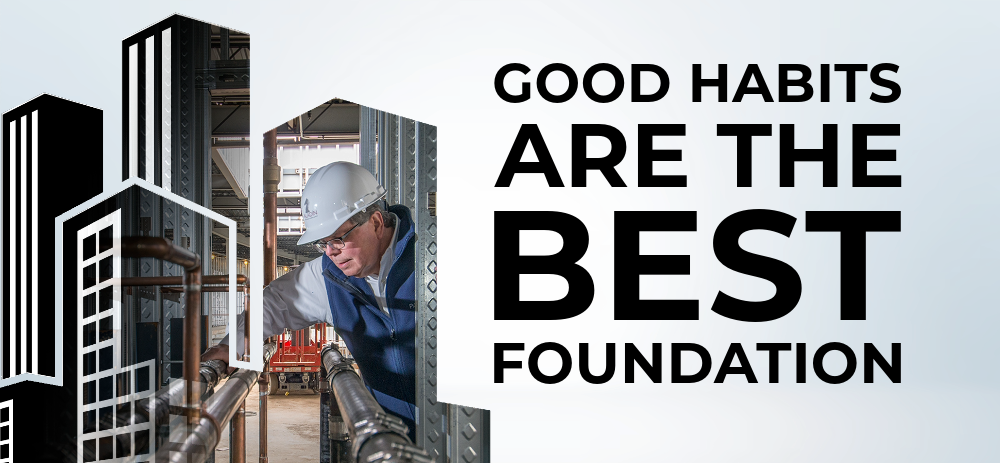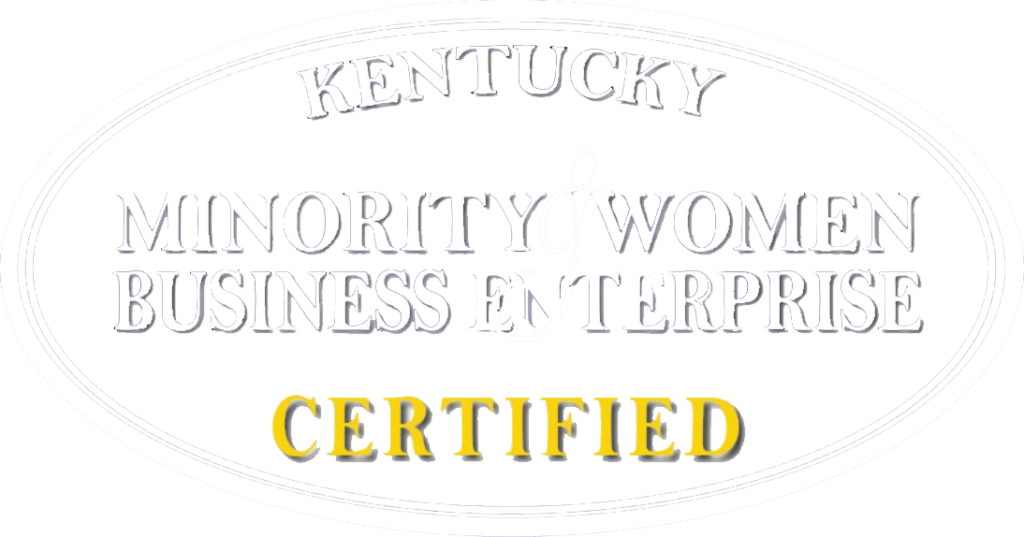By Kelsey Leslie, Paladin, Inc

Like working out, eating right or saving money, commissioning is a habit that pays lifelong dividends
Why is it so hard to adopt the good habits we know will make us happier, healthier and wealthier? Why do we drag our feet when it comes to kicking off that workout regimen or directing a portion of a paycheck into savings instead of blowing it on the latest shiny thing? I’m an engineer, not a psychologist, so I don’t know the scientific reasons, but I can tell you that the rule about “developing a good habit starts with getting started” applies to pretty much all disciplines, including commissioning buildings.
Whether you’re talking savings, exercise or commissioning, the best answer is sooner rather than later.
In the world of building commissioning, we encounter clients at every stage of the design & build process who wonder if they’ve waited too long to call us. Having helped folks at every stage, from draft drawings to a fifty-year-old building, I can assure you that, the key is to communicate clearly, agree on realistic expectations, then work the plan to completion, no matter what challenges arise.
No matter when on your building’s lifespan you start, there are essential tasks that are required for any project, including:
- Collection of operating requirements and system design parameters
- Assessment of current project status and conditions
- Review of available documentation
- Preparation of commissioning plan
- Coordination and integration among team members
- Communication of system readiness requirements
Depending on the nature of the project, steps 1 – 6 may go quickly or they may be the lion’s share of the work. Regardless of the time they take, they provide an essential foundation for the ability to verify system operations successfully.
As the effort advances, you should find that your own professional expertise is a vital part of the conversation. Whether you’re a career educator who knows what constitutes the best learning environment, a line manager who can fine-tune manufacturing processes until they hum or a CPA who can make a balance sheet stand on its head, you’ll find that your insights are a vital part of the process and your vision for the end result is the overall guiding factor. So speak up.
As part of the process, you should also expect to have your assumptions ferreted out, analyzed and converted to achievable, measurable expectations. The danger of resting on assumptions is well chronicled in human history and a real enemy to your success. Fortunately, the early discovery and discussions in the Cx process are best when handled in a forthright, honest and ego-less manner. The goal is to develop a clear picture of reality without pockets of pride and prejudice that can derail you.
The Commissioning Plan mentioned in step four will include a working timeline with key milestones whose results aggregate over time to reach your performance goals. And, in the same way a personal trainer will emphasize proper exercise technique, good Cx practitioners will leverage the best technology, applying testing on mockups to ensure your choices from window installations to roof junctions actually work in the desired fashion.
As the Cx process gets rolling in earnest, you can expect coordination meetings intended to validate the application of every solution or the installation of every major component:
- Before it gets installed
- Before it gets started
- Before the controls come online and everything begins talking
- Before we balance it (that’s mechanical systems talk)
- Before we do our testing
These meetings are necessary to ensure that we don’t let assumptions creep into our healthy set of expectations even as we make certain everyone who has a role in the next step understands how it should go, how to avoid failure and how to advance in the safest, most effective way possible. This is a good spot to point out the necessity of a common language, with terms and terminology clearly defined so that confusion can’t creep in.
As the project advances, these dialogue-rich meetings take place and milestones are completed, your progress will start to show itself in small ways first. In the same way that the waistband of your pants will start to loosen after weeks of diet and exercise, you’ll find that the adoption of healthy CX practices will lead to your team communicating more clearly, taking less time to complete scheduled tasks and even preemptively solving problems before they hit your desk. It’ll take some time, but your building will be transformed before your very eyes If you pay attention.
After you’ve taken delivery of your commissioned building, no matter when you started on your timeline, enjoy its enhanced performance. As you go, just know that any adopted discipline can fall victim to relapse or a break in consistency. We have had clients in the past whose operators and tenants have backslid on best practices, so we’re always available to come back, guide a reset and get our clients back on track.
At the end of the day, good habits are embraced for a reason. When they’re observed with consistency, the outcome is a richer life and the kind of satisfaction that only sustained achievement can create. We look forward to taking that journey with you.
NOTES
The general premise is that it’s certainly best to start a Paladin/CX engagement at the 0pct design stage, but you can still help at any stage along the way [some cx is always better than no cx]).
THOUGHTS
- Have a really solid plan
- Bring reality to the meetings. Sometimes it helps to demonstrate the scale or complexity (or the REAL state of things versus how they have been reported)
- Get the first unit/system tested right.
- The idea is to start with a “mock-up” or “pilot” and have a consensus on how that unit or system or assemblies performs before rolling out the rest of them.
- Keep emphasizing “what ready looks like” – if you can get the first one right, the rest will get easier.
- BUT don’t assume that the first one right means that they will all be installed correctly.
How we adjust to scale;
Efficiencies are better the earlier we start; our techniques can activate at any spot in the process; no matter when you bring us in, we’re going to devise a plan and get rolling;
Nail down expectations, bring clarity, what we’re going to deliver; what the owner expects;
That can bring to light a lot of the confusion;
I love about our clients that they do what they do well;
Teachers teach and they know what that involves; distillers do the same;
They’re experts in their realm; they know what they want the outcome to be; connecting the now to the then;
Bring in the entrepreneurial operating system; FBA-followed by all; getting everybody on board;
I like using solid communication skills (not pointing fingers, instead asking questions, getting on the same first page); if that’s not working, it could mean the contractor hasn’t connected the valve yet;
All about bringing value to the meeting;
Even if we come in at the 95pct design point or at the very beginning, CX brings in a realistic view of things; we help open eyes;
Can’t allow assumptions to keep passing by; you can’t assume everything will be comfortable and perfect; but you really need to define terms; set expectations
Need a set point, need definitions (definitions can differ from discipline to discipline;)
A lighting contractor needs default occupancy sensors; they don’t know what’s needed unless its written down somewhere; somebody needs to guide the conversation;
We get people in the same room; you can get a good way down the road before you realize you haven’t created clear expectations; so do that;
From there, you gotta get the first tech right; for building enclosures, it’s often a mockup; even putting a window into a partially built wall and then testing that to confirm that window assembly will perform correctly; we’ll also bring out a team to test the heat pump to ensure it works as expected; that puts us on the same page and accelerates all of the disciplines to leap forward;
It lays the foundation to get the first things right;
I use my hands a lot when I’m talking; I think in 5s
We have 5 critical coordination meetings
- Before it gets installed
- Before it gets started
- Before the controls come online and everything begins talking
- Before we balance it (that’s mechanical systems talk)
- Before we do our testing
In each meeting we talk about what ready looks like;
Even though it’s in my plan; don’t expect people to have read anything, but people get energized around “the five things” and take notes;
Owners can mess with order, but those meetings are critical to lining things up;
- 6 things
- Pipework
- Insulated
- Condensate
- Thermostat
- power
- Ducting
At Jewish Community Center; a very interesting project; like a YMCA with a daycare and offices for the Jewish Federation in Louisville; lotta functions going on; they were occupied and things weren’t going well at all; they had selected the least amount of scope possible; so they invited us back; so I took the list of equipment & systems from the plan and we went line by line with the contractors to get everything checked off; what are the systems that need to run to keep this place comfortable;
- Rooftop unit(s); is it working? Then we’d pull drawings and sequentially check things;
- Things looked read (moss wall; beautiful tiles; ) they chose to occupy before we said they were ready;
They were motivated to get the building occupied and it wasn’t good; boilers broke, pipes rusted; lotta problems;
So we got back together and pulled our list out and said “let’s do this again” and got things working together right;
Then a few years later, things started to fray so they brought us back and we dialed things in again;
We had someone in the industry sit down and review our approaches; folks would share; it’s all about creating a team and then working together as such; for each project; that best practice is out there; it’s a team effort; finding the people, bringing them in, showing our value, showing we have a system; relying on their expertise (school from an educator, etc.);
Few people want to spend the time to do things right; I like being the reality check so we can have that effect and celebrate together with our clients when their building is humming along;





